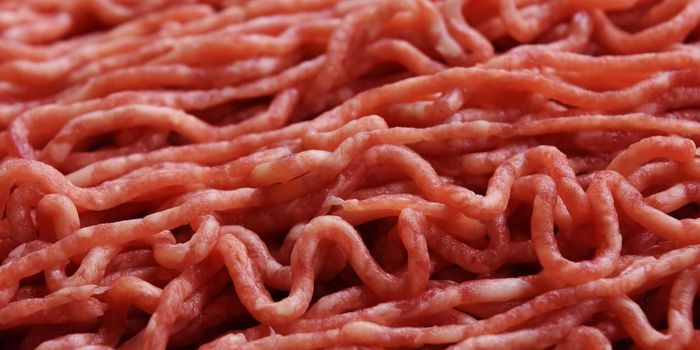Excess Belly Fat Linked to Alzheimer's Disease
Excess belly fat in midlife may increase Alzheimer's disease risk. The corresponding study will be presented at the annual meeting of the Radiological Society of North America (RSNA).
Visceral fat- or 'belly fat'- is found near vital organs, including the liver, stomach and intestines. As it lies inside the abdominal cavity, it isn't easily seen. Studies show that excess visceral fat can increase risk of heart attack, heart disease, type 2 diabetes and stroke.
In the current study, researchers analyzed data from 54 cognitively healthy participants aged between 40 and 60 years old with an average BMI of 32. From brain and abdominal MRI scans, they found that higher visceral to subcutaneous fat ratios were linked to higher levels of amyloid protein in the precuneus cortex, one of the earliest places where Alzheimer's disease occurs in the brain.
The relationship was more significant in men than women. Higher visceral fat measurements were also linked to higher levels of hippocampal atrophy- another biomarker of Alzheimer's disease, and higher levels of inflammation in the brain.
To explain the findings, one of the study's authors, Mahsa Dolatshahi, M.D., M.P.H., post-doctoral research fellow with Mallinckrodt Institute of Radiology (MIR) at Washington University School of Medicine in St. Louis, said in a press release:
“Inflammatory secretions of visceral fat—as opposed to potentially protective effects of subcutaneous fat—may lead to inflammation in the brain, one of the main mechanisms contributing to Alzheimer’s disease.”
Senior author of the study, Cyrus A. Raji, M.D., Ph.D., associate professor of radiology and neurology, and director of neuromagnetic resonance imaging at MIR noted that the findings have key implications for earlier diagnosis and intervention.
"This study highlights a key mechanism by which hidden fat can increase the risk of Alzheimer's disease. It shows that such brain changes occur as early as age 50, on average- up to 15 years before the earliest memory loss symptoms of Alzheimer's occur," he continued.
Sources: Neuroscience News, Healthline, CNN









